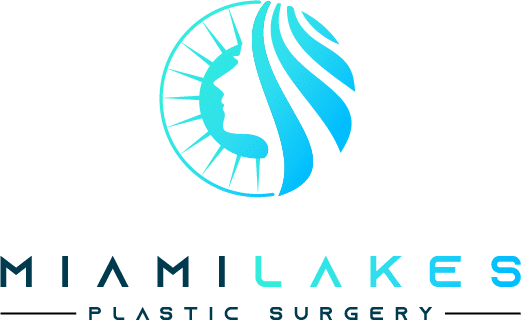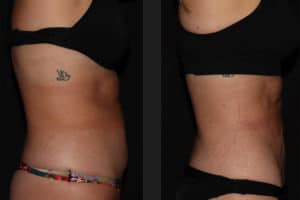The jaws, teeth, and facial bones are important components of the facial profile and significantly affect facial balance and aesthetics. If the positioning of the upper jaw, lower jaw, and facial bones are out of balance with one another or with other facial structures, the appearance of the teeth, lips, chin, neck, nose, cheeks, and forehead is affected.
Is this procedure right for you?
For those patients concerned with a toothless or gummy smile, an extremely weak chin or strong chin, or an underbite or overbite, a repositioning of the jaws may be appropriate to alleviate these traits. Before deciding on jaw adjustments, you may need to be evaluated for cosmetic and functional problems, such as difficulties with speaking, breathing, or sleeping.
What does jaw corrective surgery entail?
This type of procedure changes the length of the jaw’s vertical, horizontal, or transverse dimensions in order to balance the aesthetic and functional positions of the teeth, soft tissue, and other facial structures. First, you will need orthodontic management; many patients need to have their teeth straightened with braces for up to two years. The surgery itself is done by placing metal devices in the jaw through incisions in the mouth. In most cases, the devices stay in place permanently.
What risks are involved?
While most patients will have some bruising and swelling in the first few weeks after the procedure, other complications are minor and rare. For patients needing adjustment to the lower jaw, there is generally numbness or tingling in the lower lip that typically resolves within weeks or months, but rarely becomes permanent.
What should I expect from the post-surgery recovery period?
The procedure requires a hospital stay of one to three days afterward. Patients will need to stay on a prescribed diet of liquid and soft foods, and restrict the movement of the lower jaw as directed (though they are able to talk). In six to eight weeks after the surgery, orthodontic treatment will be restarted and typically last another six months to a year.





